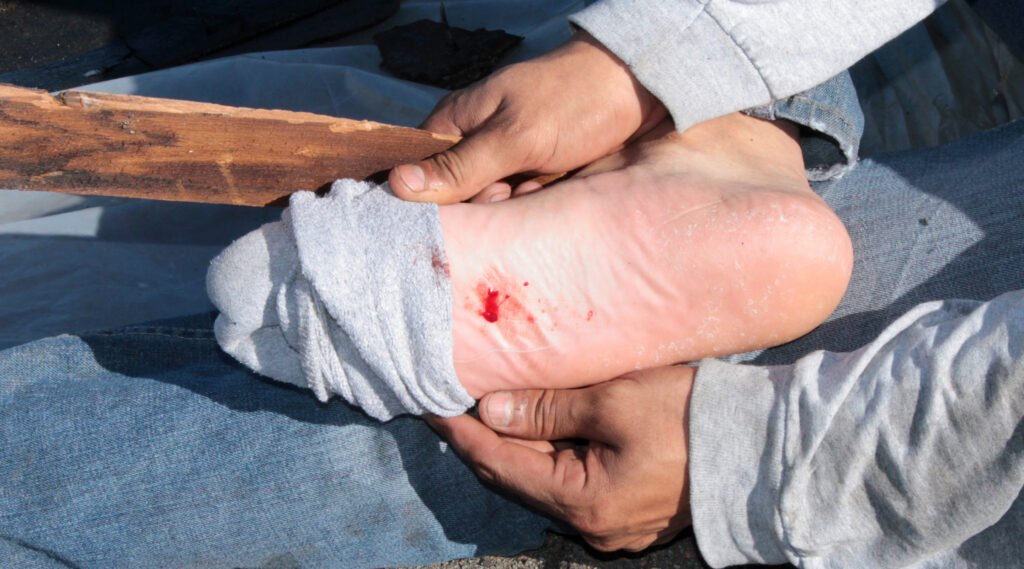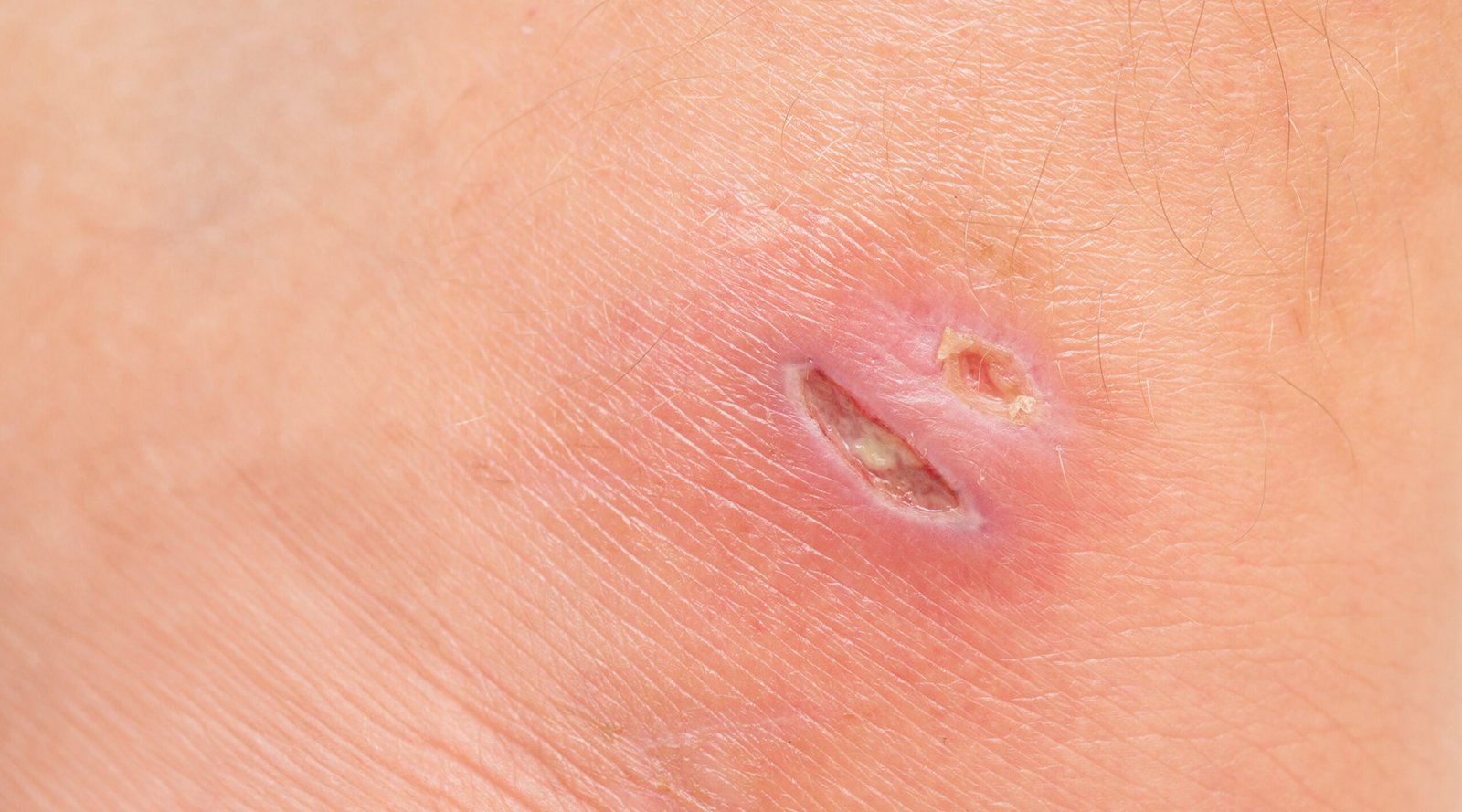Even a small wound can become a big problem if it gets infected. When bacteria or other germs enter a wound, your body can react with symptoms that are quite uncomfortable, ranging from increasing pain and swelling to fever.
In some cases, an infection can become serious and lead to systemic complications such as sepsis.
What Are the Symptoms of an Infected Wound?
A mild infection may only cause slight pain and redness around the wound. But if the infection becomes more serious, symptoms may include:
- Increasing pain
- Redness and swelling around the wound
- Warmth when the skin is touched
- Yellow or green discharge from the wound
- Foul odor coming from the wound
- Red streaks spreading from the wound (a sign the infection is spreading)
- Fever and chills
- Nausea, vomiting, and body aches
If you experience these symptoms, especially if you have a fever or notice red streaks on your skin, don’t delay seeking medical advice.
Why Do Wounds Get Infected?

Our skin is the body’s first line of defense against germs. But when the skin is injured, it creates an open “gateway” for bacteria. Germs can come from our skin, the surrounding environment, or the object that caused the injury.
A wound left uncovered is more likely to become infected, especially if:
- The wound is deep, large, or has jagged edges
- Dirt or foreign objects (such as gravel or wood splinters) are trapped inside
- The wound is caused by an animal or human bite
- The wound was caused by a dirty or rusty object
How to Prevent Wound Infections
The good news is that most wound infections can be prevented with proper basic care. Here are a few simple steps:
1. Wash your hands first!
Before touching the wound, make sure your hands are clean. Use soap and running water, then dry them.
2. Stop the bleeding
Apply pressure with a clean cloth or sterile gauze until the bleeding stops.
3. Clean the wound
Clean the wound with running water for several minutes. Avoid scrubbing too hard. Clean the surrounding skin with soap, but don’t let the soap get into the wound.
4. Check for dirt or debris
Make sure there’s no sand, splinters, or other debris left inside.
5. Use an antiseptic if needed
Apply a thin layer of antiseptic ointment to help prevent infection.
6. Cover the wound
Once dry, cover the wound with clean gauze or a bandage to keep it protected.
When to See a Doctor
If your wound doesn’t improve within a few days, or gets worse—with more pain, swelling, or pus—don’t wait too long to seek medical care.
This is especially important if you have medical conditions like diabetes, as wounds in diabetic patients are more likely to become chronic and infections can spread faster.
With proper care from the start, most wounds heal well without complications. But remember, never underestimate a wound that looks small. Watch for symptoms, and don’t hesitate to seek medical help if there are signs of infection.
References
Healthify. Accessed in 2025. Wound infection – prevention and treatment
Medical News Today. Accessed in 2025. How to recognize and treat an infected wound
Patient. Accessed in 2025. Wound Infection.














Leave feedback about this